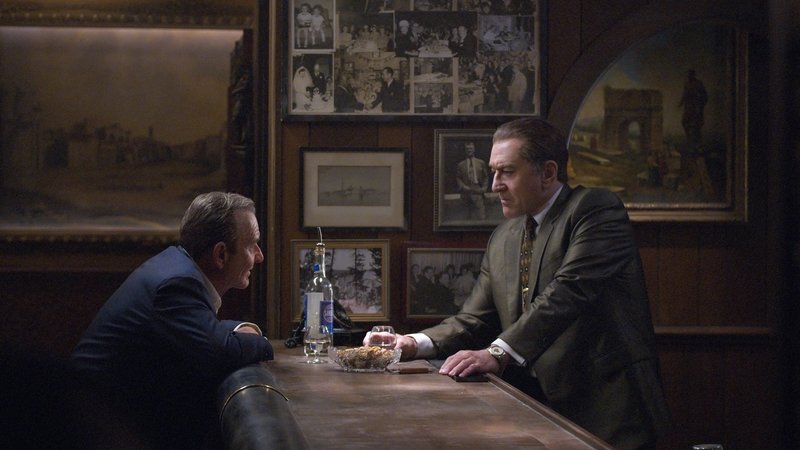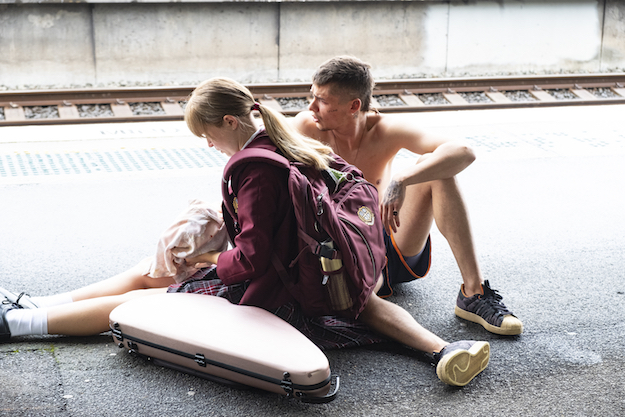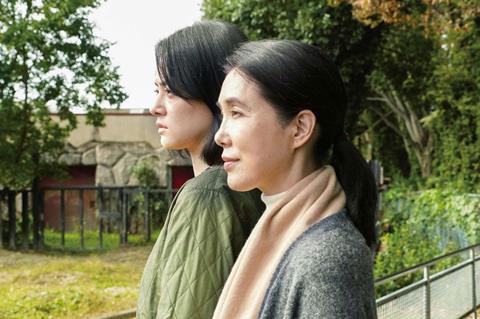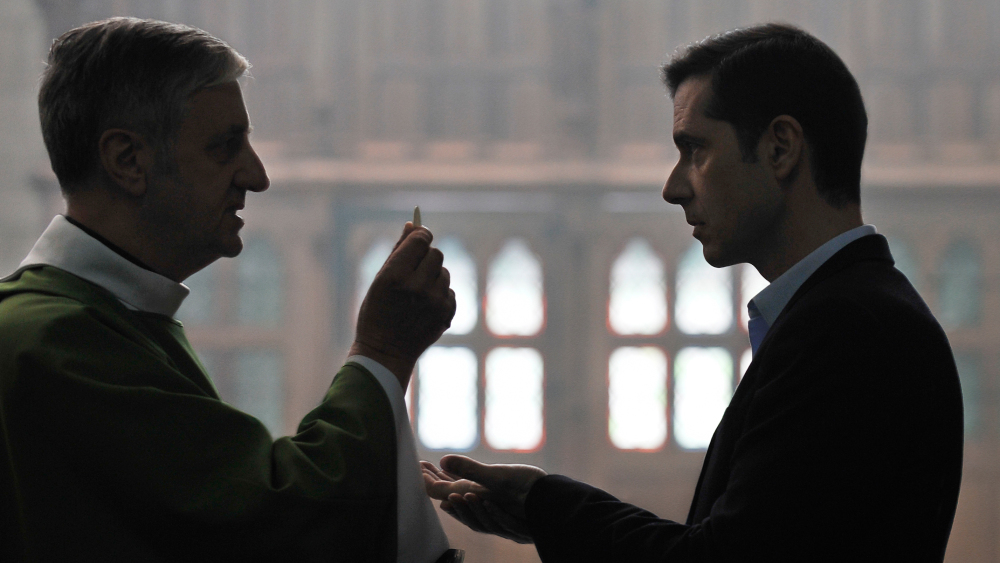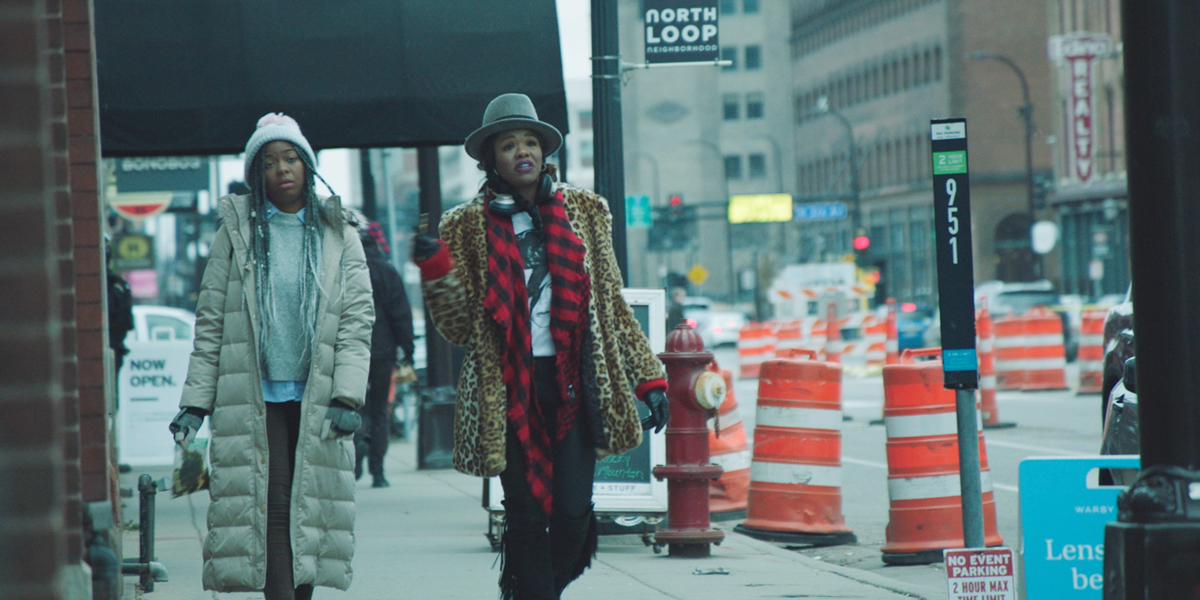Top 10 2019
 Scott Pfeiffer
Scott Pfeiffer  Tuesday, December 31, 2019 at 02:10PM
Tuesday, December 31, 2019 at 02:10PM 1. The Irishman (Martin Scorsese, USA)
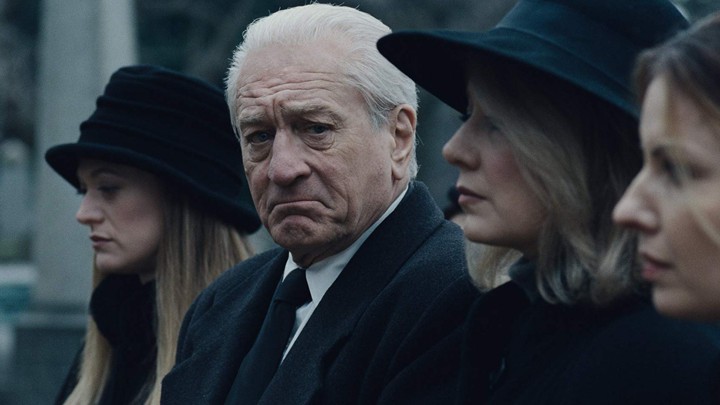
Nostalgia can be a good thing if it means getting back to first principles and reigniting the spark that got you excited in the first place. For me, and for a lot of other cinephiles this year, Martin Scorsese's THE IRISHMAN did both of those things. With this singular, very personal meditation on the passing of an era and of generations, Scorsese brought down the curtain on his revelatory, ironic approach to the mafia film, and the deep dark truthful mirror it held up to American society and culture.
2. Rolling Thunder Revue: A Bob Dylan Story by Martin Scorsese (Martin Scorsese, USA)
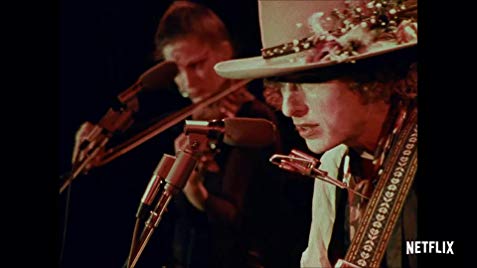
American music's most influential living musician, Bob Dylan, in peak form—fierce, galvanizing, fiery, and funny—in a tall tale told by Martin Scorsese, American cinema's foremost keeper of the flame. Scorsese loves Méliès, and that opening homage should have been the tipoff that there was going to be some sleight-of-hand here (see, among other things, "Stefan van Dorp" and Sharon Stone). We find the peripatetic Dylan back on the road in 1975, as America geared up for the Bicentennial. It was an era that found many musing on the distance between American myth and reality. Dylan in turn was thinking about his roots and founding principles as well, deciding that he wanted to reunite with some old friends and play the mahjong parlors. (I can't improve upon Jon Pareles's description of the music they all made together, when he called it a "glam-rock hootenanny.") Maybe we're all creatures of the myth when it comes to America, but Dylan always drew our attention to the realities, as well: that's why this tour was named after a Native American chief; why it visited a reservation; why it took up the cause of the wrongfully imprisoned boxer Rubin "Hurricane" Carter. Seeing ROLLING THUNDER REVUE on the big screen at The Gene Siskel Center was one of the breathtaking filmgoing experience of the year for me. You felt you could dive right into Dylan's eyes, flashing like uncut gems. This is the life force.
3. Long Day's Journey Into Night (Bi Gan, China)
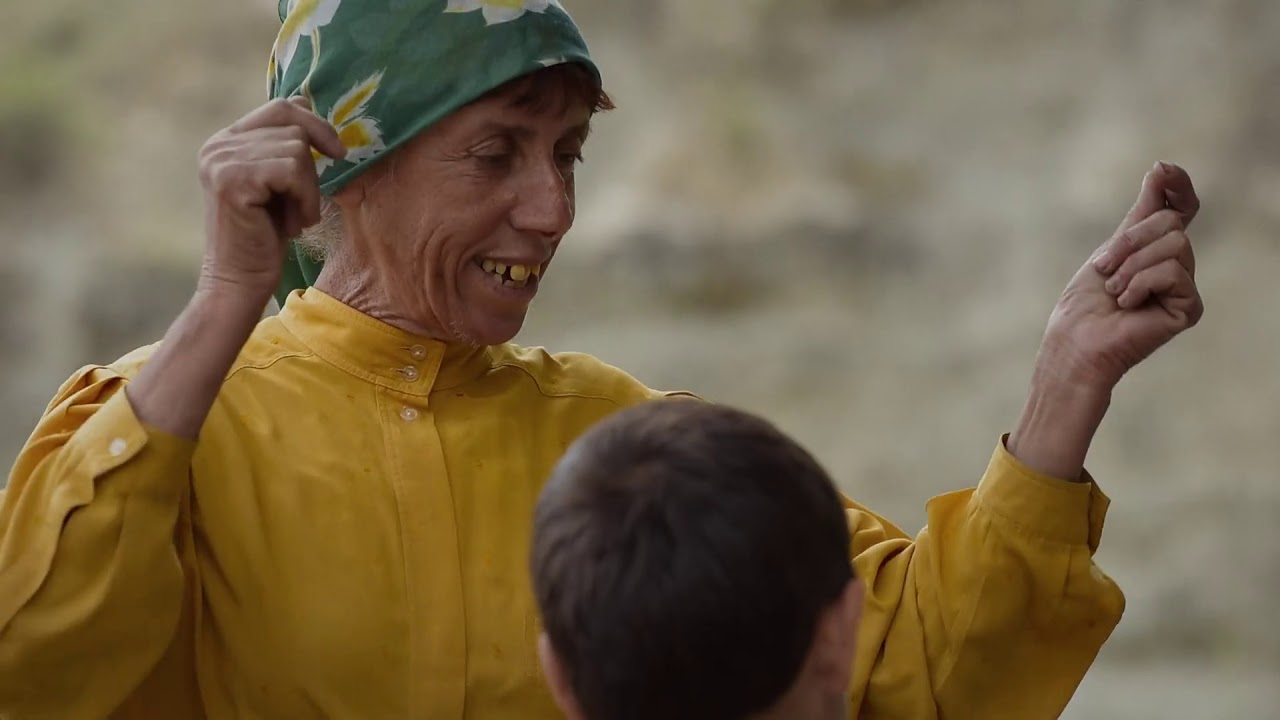
Bi Gan returned with an immersive and really rather Bi-guiling (see what I did there) lucid dream of a film. Here was a song of longing, loss, and memory from Bi, a director excited by hard-boiled film-noir tropes: cigarettes, rainy streets, existential angst—a world, and a love, gone wrong. Fans will note thematic rhymes with his previous feature KAILI BLUES: watches, trains, doubles, the search for people and places lost. There's a somnambulant tone, the sense of a sleepwalking protagonist. Evoking an out-of-body experience, LONG DAY'S JOURNEY INTO NIGHT even one-ups BLUES' famous 40-minute traveling shot with a shot that lasts practically an hour (and, in theaters, played in 3D). This gesture is not an empty stunt, in that it enhances the mood of existential yearning. We're experiencing real time unfold just like the actors: Bi effectively ropes us into their world. Redolent with atmosphere and risk, this is cinema.
4. Parasite (Bong Joon-Ho, South Korea)
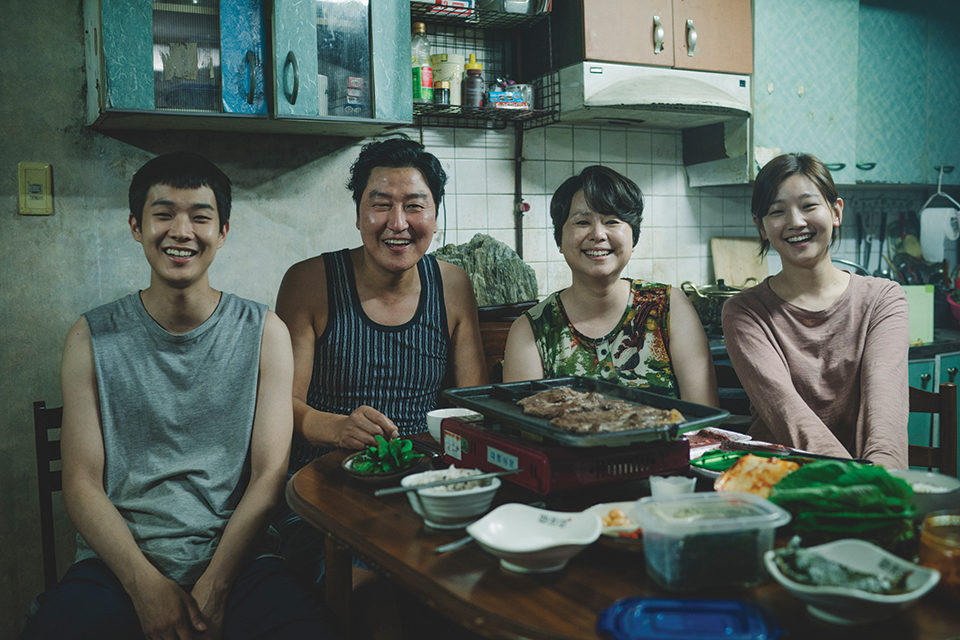
Now that's a movie! With Jordan Peele's US, Bong Joon-Ho's PARASITE was another film about the "under" class, and it also riffed on variations on similar themes: the return of the repressed, doppelgängers, and "things that must remain unseen lest they rupture the world beyond repair," as Amy Taubin put it in Film Comment. She rightly called PARASITE a "twisty, class-warfare family tragicomedy," noting its sly take on the home-invasion staple, as Bong weaves his tale of a poor imposter family who ingratiate themselves into the home of a rich family. Here was the “upstairs/downstairs” dynamic taken to a whole new level. Bong brought a suspenseful story and dazzling filmmaking chops worthy of his teacher, Hitchcock. Song Kang-ho led a delightful cast as a man who finally gives up on planning, on all his aspirational schemes, "thus removing the only constraint on a lifetime of repressed rage" (Taubin). What a tremendous use of space as an indicator of class. The more space you have, the higher your class; the higher your class, the higher your actual home.
5. Uncut Gems (Josh and Benny Safdie, USA)
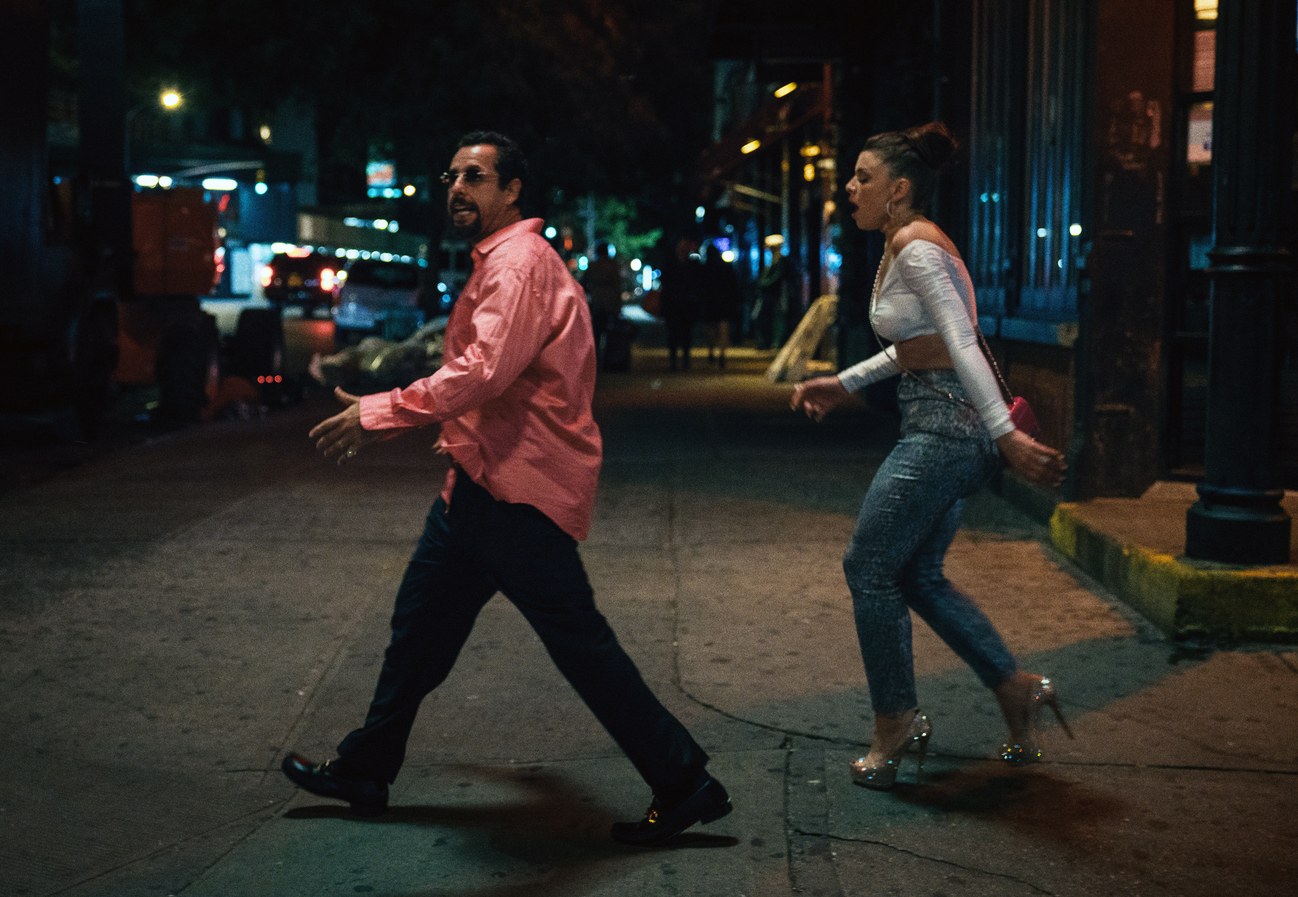
Dive into the dense demimonde of Manhattan's Diamond District with this frenetic, chaotic, darkly comic, and finally unforgettable picture from the Safdie Brothers, Josh and Benny. It features a performance of real pathos and heart from Adam Sandler as a pathetic loser continuously searching for the highest, wildest score, trying to outrun fate. I was on the edge of my seat throughout as Sandler and the Safdies kept all their plates spinning, ingeniously folding a made-up story into real 2012 events surrounding NBA star Kevin Garnett, playing himself. Yorgos Lanthimos waxed rhapsodic about the picture, and I find I cannot improve upon his description: “There is a suspenseful plot, there are complex characters, there are high stakes, but the most important thing is the sense that you are watching something which is one of a kind.”
6. The Image Book (Jean-Luc Godard, France/Switzerland)
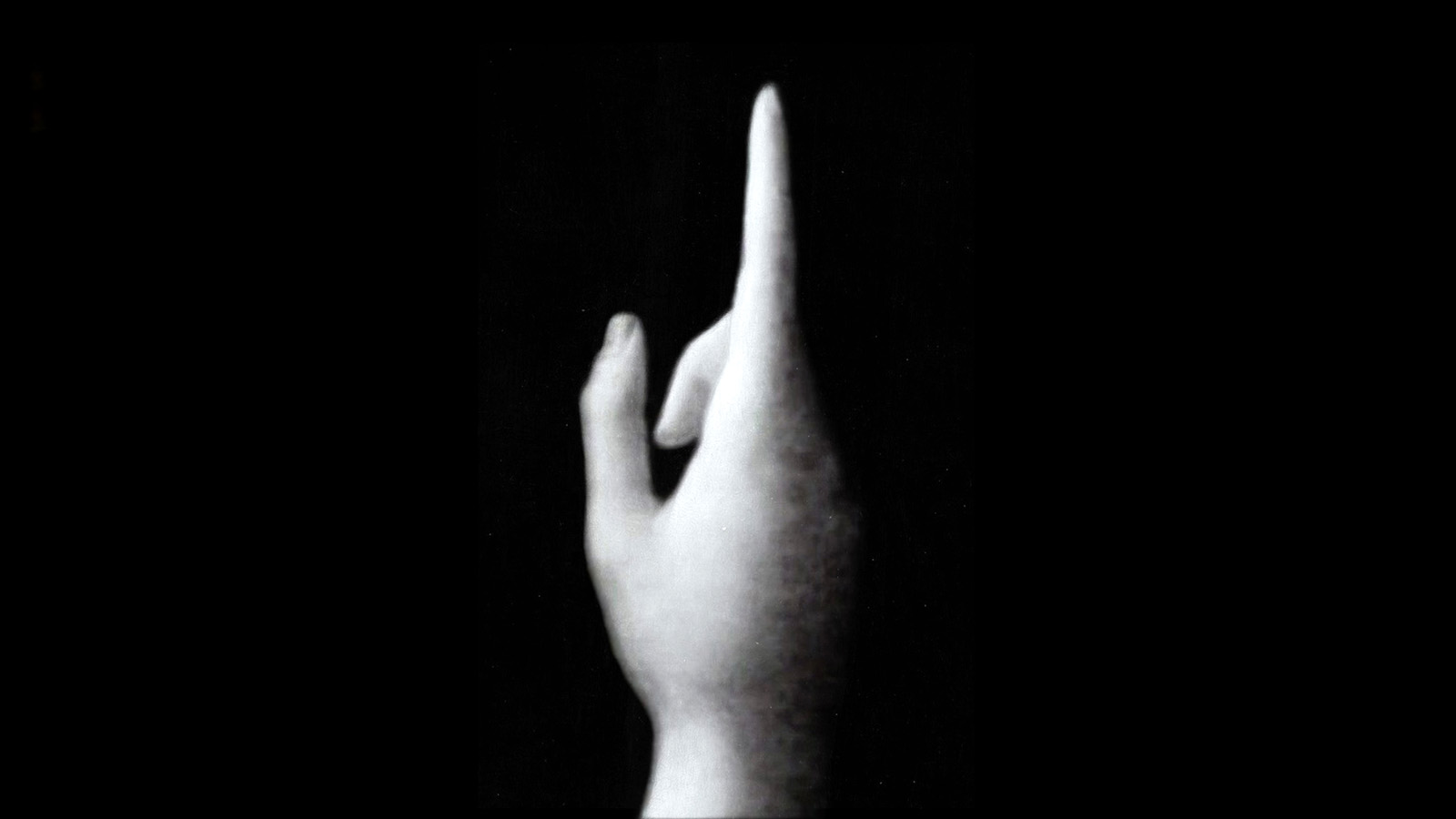
"Even if nothing turned out how we'd hoped, it would not have changed what we'd hoped for." Jean-Luc Godard took this line from Peter Weiss as a moving epitaph for THE IMAGE BOOK. Godard is, of course, one of the inventors of modern cinema, and really rather a huge influence in my life. At age 88, he returned with this urgent, ravishingly beautiful, handmade collage/essay/letter—in fact, cinematographer Fabrice Aragno even conceived of it as Godard's "love letter" to cinema. Seeing it on the big screen was another highlight of my movie-going year, an experience I could only have thanks again to The Gene Siskel Film Center, which went to the trouble of installing a 7.1 stereo surround-system just to render Godard's three-dimensional soundscape. The film had an elegiac tone, yet what amazes is that after all these years, Godard is still about using film as a way to grapple towards a better future.
7. Us (Jordan Peele, USA)
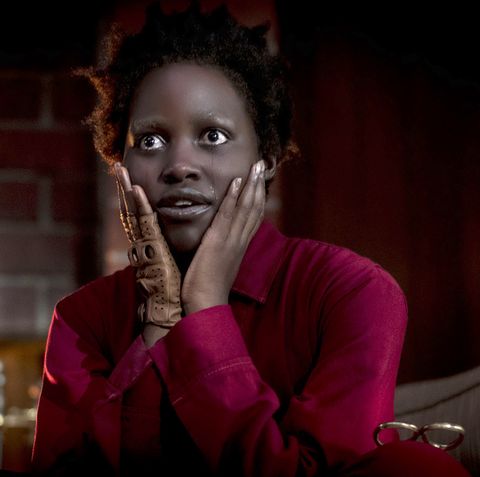
Or should that be, U.S.? Throughout the year, horror pictures comprise a fair part of our evening's entertainment for Karolyn and me. That's why Jordan Peele's US was so welcome: not only was it satisfyingly scary and truly fun to watch, it had something on its mind, as well. Exactly what it was trying to say was open to interpretation: the illuminating think-pieces it spawned have mentioned everything from Toni Morrison's Beloved to THE SHINING to riffs on classic zombie, apocalypse, and home-invasion genre-tropes. Peele gave us a metaphor for a privileged American middle-class existence dependent for its very essence on keeping its unseen counterparts, well, down. As Ina Diane Archer put it in Film Comment, he posited a "subterranean prison-like laboratory/dormitory" that had the effect of expanding his vision of the "sunken place" of GET OUT to a national scale. (For his part, Wesley Morris nailed it when he said that US is about a literal underclass rising up.) What haunts is the classic jam "I Got 5 On It," slowed down and distorted via nightmare logic and, especially, Lupita N'yongo's disturbing and meaty double role. She cut loose here, giving a performance of subtle nuance and tremendous physicality as a middle-class woman, Adelaide, and her doppelgänger, Red.
8. An Elephant Sitting Still (Hu Bo, China)

Hu Bo tragically committed suicide at age 29 shortly after completing this, his first and only film, a 4-hour vision of a dog-eat-dog world and the characters caught in its web. He was also a young novelist, and his film features a novelistic richness and scope. It's also, for better and worse, the perspective of a young man, which includes a strikingly truthful vision of a world broken on every level and an unstintingly low vision of society untempered by the acceptance (compromise?) we sometimes find as we age. And yet, in ELEPHANT as in punk rock, what seems a vision of nihilism is only so on the surface. Really, it's an expression of the human spirit raging against all that's false and cruel in a society where everybody is determined not to feel anyone else's pain. The story involves an accidental act of violence among teenagers and the aftermath for a sullen boy and girl, whose problems are exacerbated by cell phones and social media. They're not without hope that someday they'll find what they're looking for. In their orbit also is a youthful wannabe gangster looking for revenge, and an old man looking for his lost dog. Hu films the action in thoughtful long takes, sticking startlingly close to foregrounded characters and keeping other figures and actions in the deep distance of the frame, even where other directors would cut to them. There's more of the barely repressed rage we saw in PARASITE; in fact, though Amy Taubin was talking about that film when she said that "working-class solidarity counts for nothing when poverty makes people desperate," her comments could apply to ELEPHANT as well. Hu is alert to the destructive and self-destructive impulsivity of youth which, you could say, finally claimed him, as well. It's heartbreaking that we won't get to see what this gifted artist could have given us as he got older, but still he left us with this uncompromising protest against the despair and depression all around him. Richard Brody even selected this as one of this top films of the decade.
9. Varda by Agnès (Agnès Varda, France)
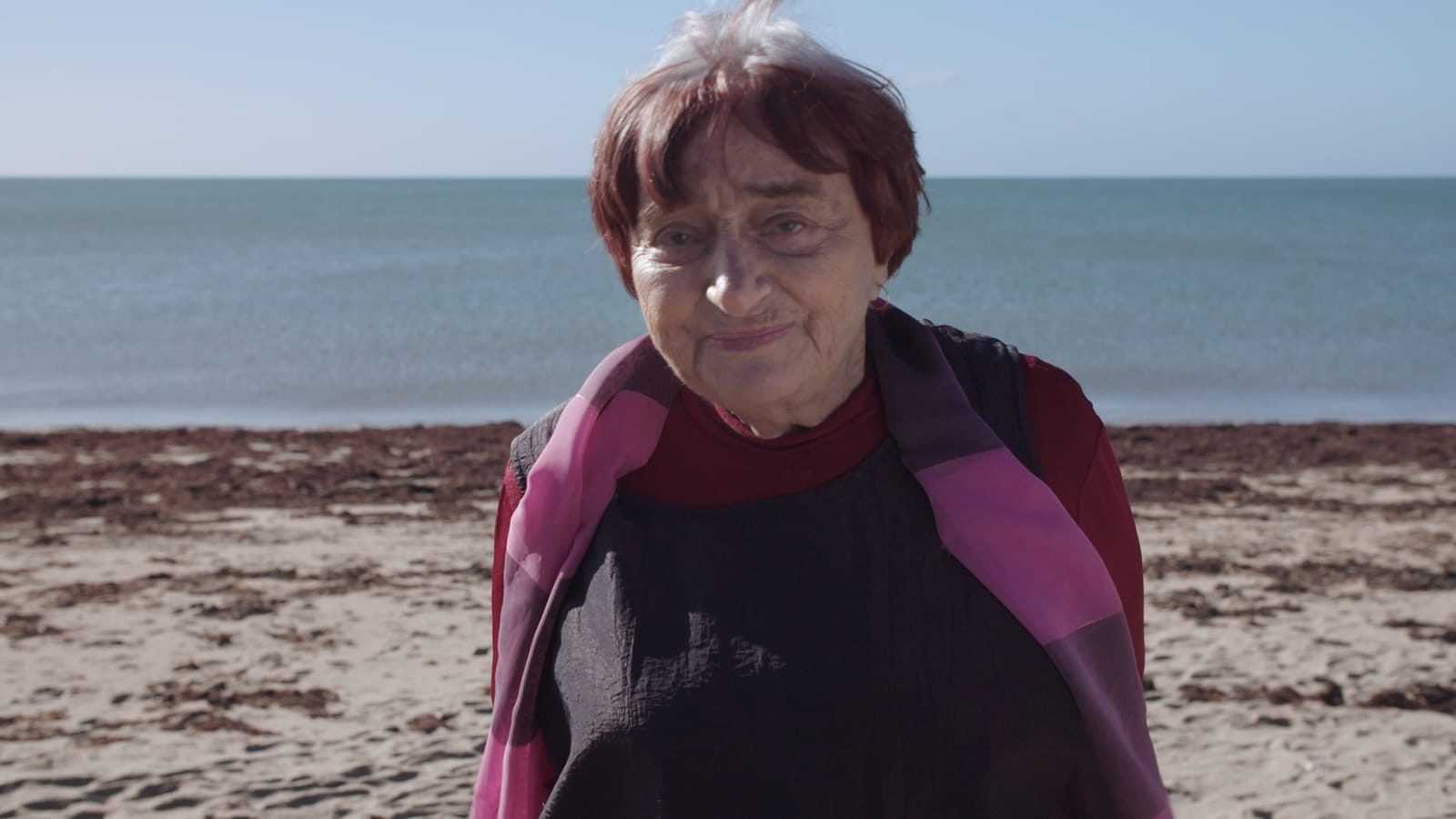
Agnes Varda left us this year. With her passing, we lose another exponent of a certain kind of film culture, a cinema where thought and action mattered. A legendary pioneer of the New Wave (Left Bank division), she was there at the beginning, with CLEO FROM 5 TO 7 in 1962, and before the beginning, with LA POINTE COURTE in 1955. For someone like me who never got to attend one of her lectures, this film offers a glimpse of those masterclasses, where she offered her practical and philosophical views about filmmaking (she was guided by the three tenets of "inspiration, creation, and sharing"). VARDA BY AGNES also offers the final chapter of what we might consider her filmed memoirs: she reflects on her whole life, including her heartwarming end-of-career renaissance and popularity. It is also something of a clips-show overview of her 50-plus films, as well as a survey of her work in photography and installation art (I love her "cinema shacks," like the greenhouse she made out of strips of film from 1964's LE BONHEUR.) With her abiding interest in time, memory and mortality, Varda's oeuvre resounded with themes I found in play this year. Her vision was profoundly democratic and humane, at a time when the world seems poised on a precipice, peering into a toxic abyss of raging inequality and rightwing nationalism. To "Netflix and chill" is one (very pleasurable) thing, but at our best, you and I are not just passive consumers of entertainment, but active subjects of history. That means that although Varda is now gone, her work remains unfinished, in a way. Who's it up to, to finish it? Why, you and me.
10. Once Upon a Time in Hollywood (Quentin Tarantino, USA)
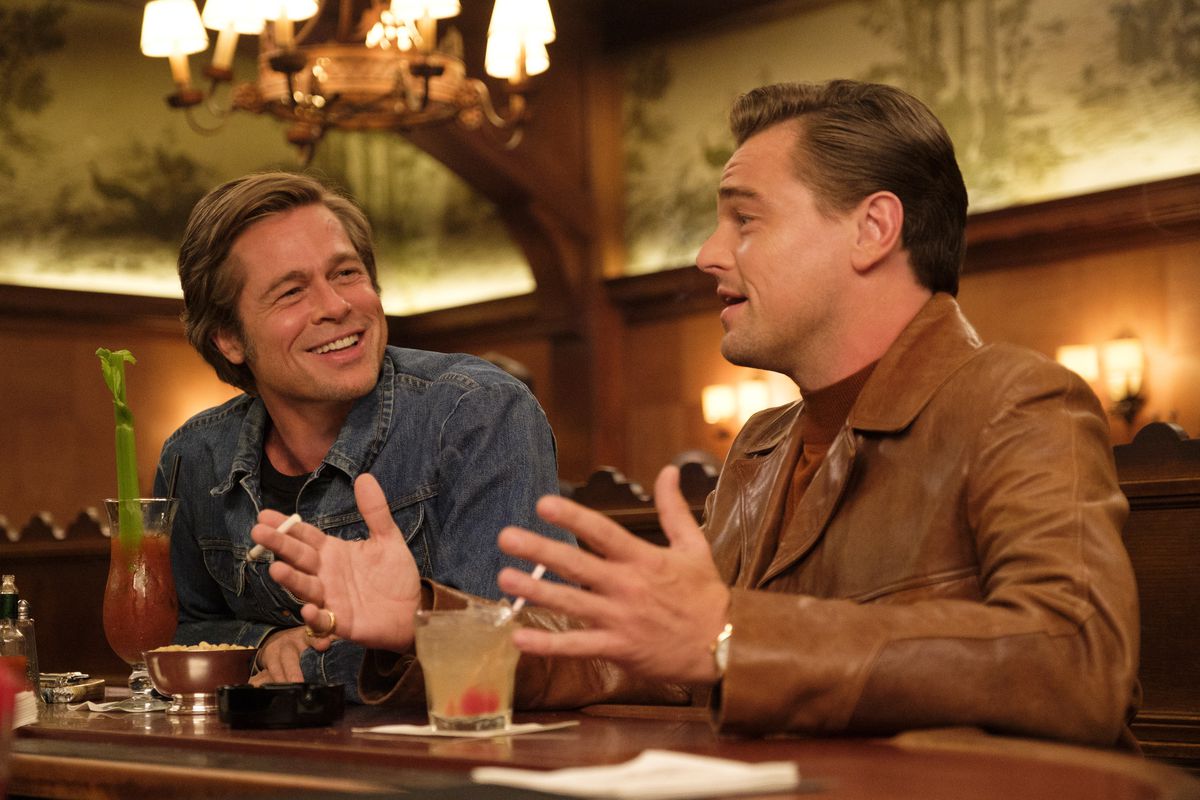
This just squeezes in, despite an ending that felt for me like Tarantino was repeating himself, collapsing once again into his notion of cartoonish ultraviolence as redemptive, cathartic magical thinking. (The pooch was great in that scene, though.) Still, the heart of the movie is the touching, funny friendship between the two central characters, played by Leonardo DiCaprio and Brad Pitt—an aging, slightly washed-up western star and his stuntman—and the brilliantly recreated, long-gone world of late '60s Hollywood. In fact, as has been pointed out elsewhere, the themes and characters in ONCE UPON A TIME...IN HOLLYWOOD resonated with another big release for me this year, Bruce Springsteen’s album Western Stars. In the end this was a nostalgia piece for me as well—I've had an up-and-down relationship with Tarantino's work ever since that day in '92 when, as a young man, I ran what felt like a hundred New York city blocks to make a matinee showing of RESERVOIR DOGS. (As I recall, it enraged the audience—always a good beginning.) Frankly, he's annoyed me at times over the intervening decades. Still, for all these years, whenever the passion seemed gone from the movie scene—whenever things had gotten just a bit too staid or respectable—he could usually be counted upon to turn up again and liven things up. 2019 was like that, too.





